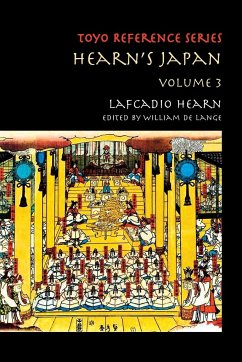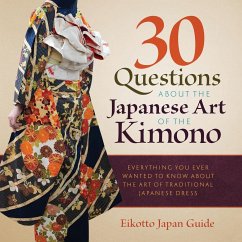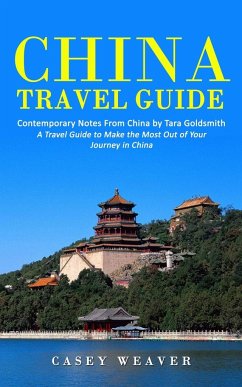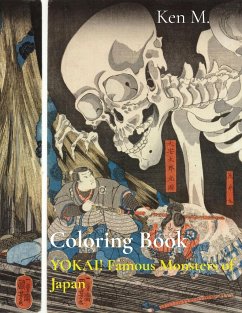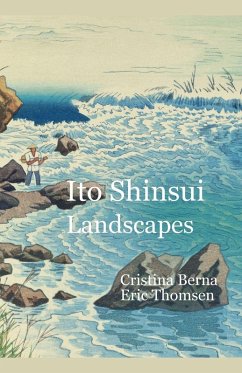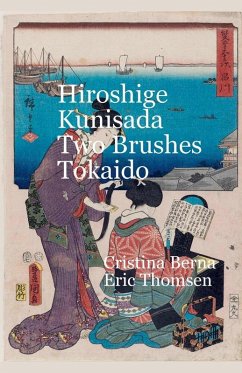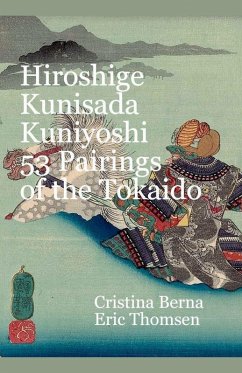
Hearn's Japan
Writings from a Mystical Country, Volume 1
Herausgeber: De Lange, William
Versandkostenfrei!
Versandfertig in 1-2 Wochen
22,99 €
inkl. MwSt.

PAYBACK Punkte
11 °P sammeln!
"Finally the treatment these true classics deserve: thoroughly re-edited and modernized texts, with glossary, index...and beautiful layout to boot." Lafcadio Hearn (1850-1904), the son of an Irish Surgeon-Major and a Greek woman of noble lineage, who settled in Japan after a checkered career in journalism in Cincinnati and New Orleans, is still considered by many the most astute interpreter of the country and its people. In the first part of this series, we follow Hearn as he arrives in Yokohama in the spring of 1880 and is immediately taken with its 'sun-steeped ways,' the ubiquitous kuruma w...
"Finally the treatment these true classics deserve: thoroughly re-edited and modernized texts, with glossary, index...and beautiful layout to boot." Lafcadio Hearn (1850-1904), the son of an Irish Surgeon-Major and a Greek woman of noble lineage, who settled in Japan after a checkered career in journalism in Cincinnati and New Orleans, is still considered by many the most astute interpreter of the country and its people. In the first part of this series, we follow Hearn as he arrives in Yokohama in the spring of 1880 and is immediately taken with its 'sun-steeped ways,' the ubiquitous kuruma with their oddly gesticulating runners, the narrow streets with their 'profusion of Chinese and Japanese characters in white, black, blue, or gold decorating everything'-all to Hearn is 'unspeakably pleasurable and new.' His unquenchable curiosity leads him outside the town's European quarter. Starting with local temples and shrines, he soon wanders farther afield, to Kamakura, home of the famous Engaku-ji, Kench¿-ji, Hasedera, and the great Daibutsu statue. From there, he visits the island of Enoshima and its Dragon Cavern. Then to Yokohama again to visit a Bonichi, attend a Bon Matsuri, observe a Bon Odori. And then to Matsue, the place to which his name has become so inextricably linked. Led, introduced, and informed by guides and friends, with each experience, Hearn's love for the Japanese grows, his understanding for their ways deepens. And it is this pairing of love and insight that make his Writings From a Mystical Country so compelling and enchanting-even now, more than a century after his death.





